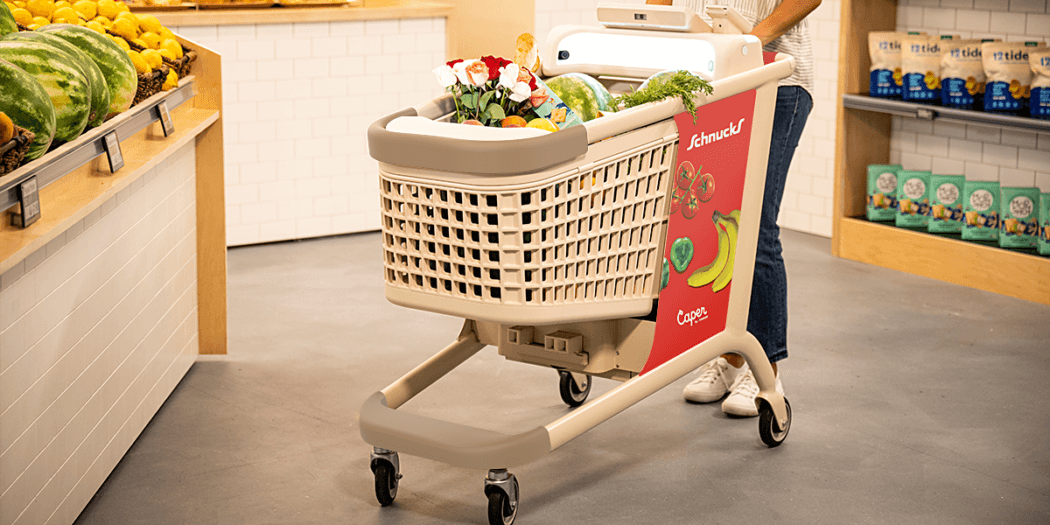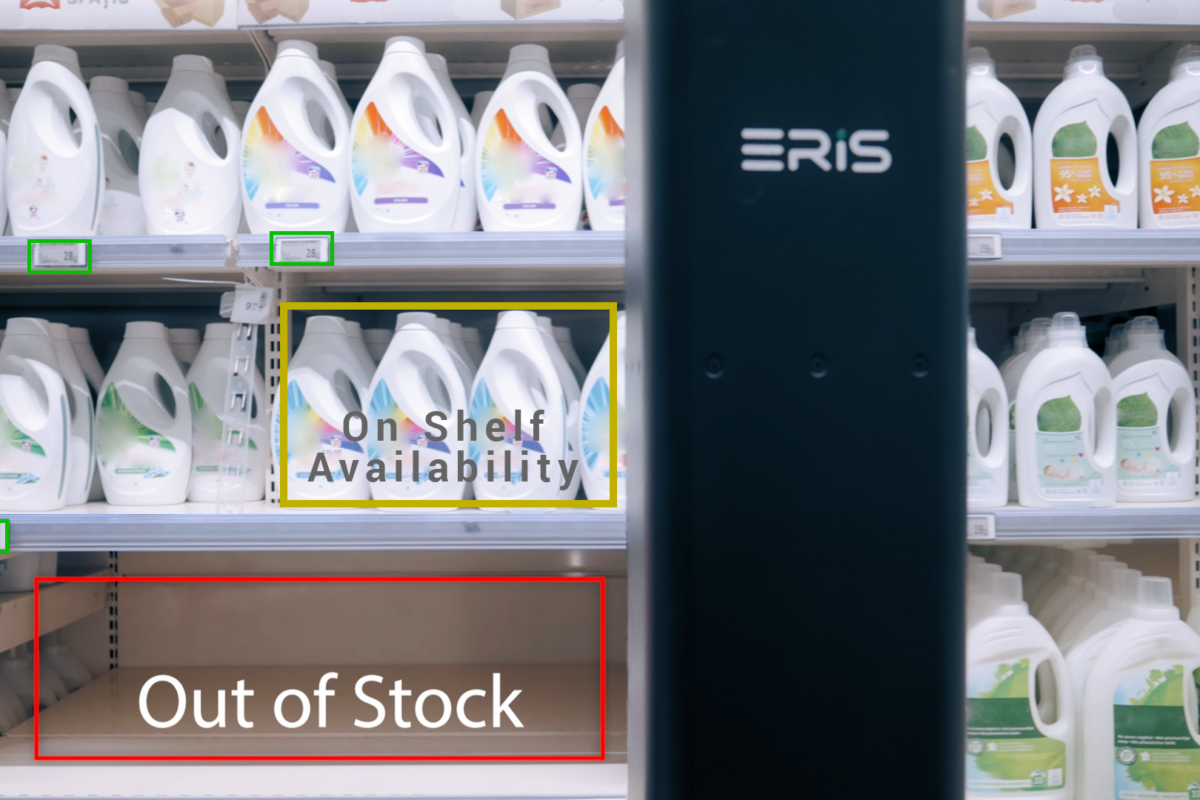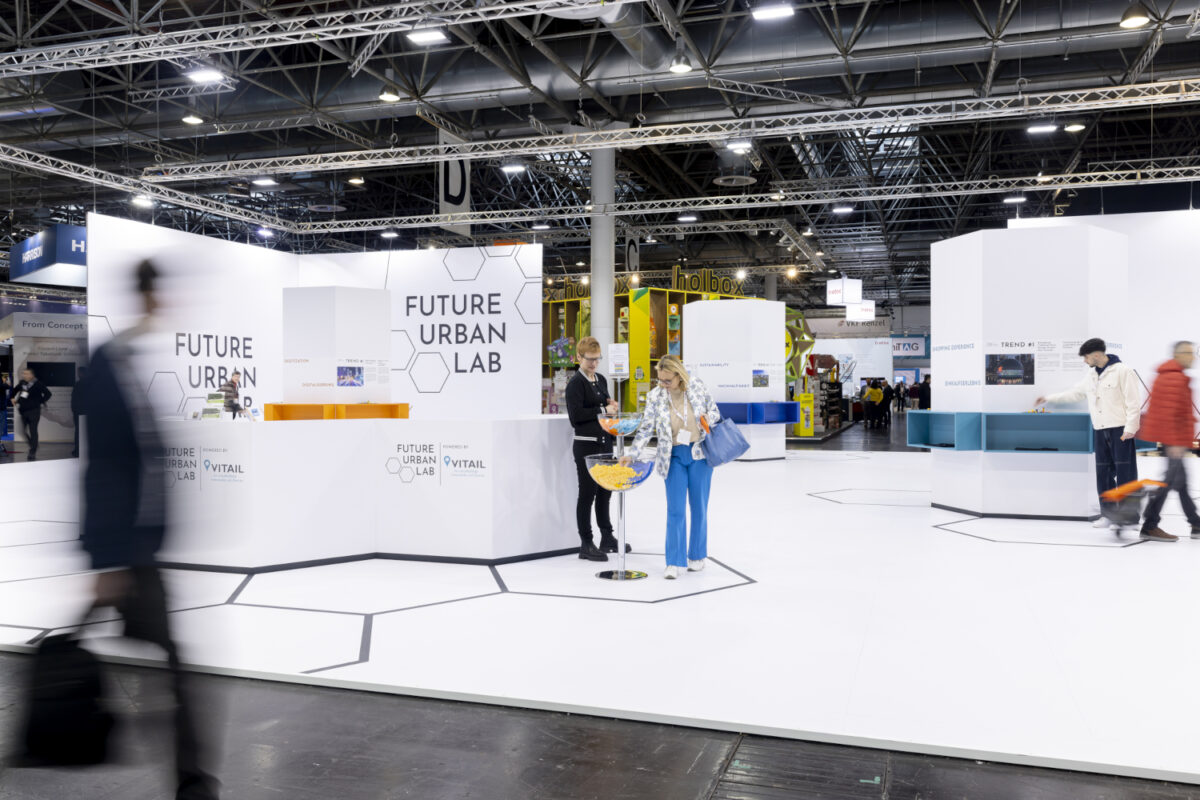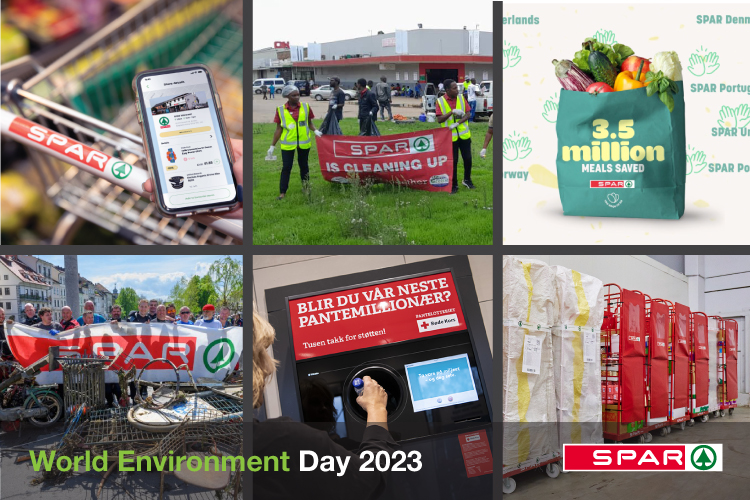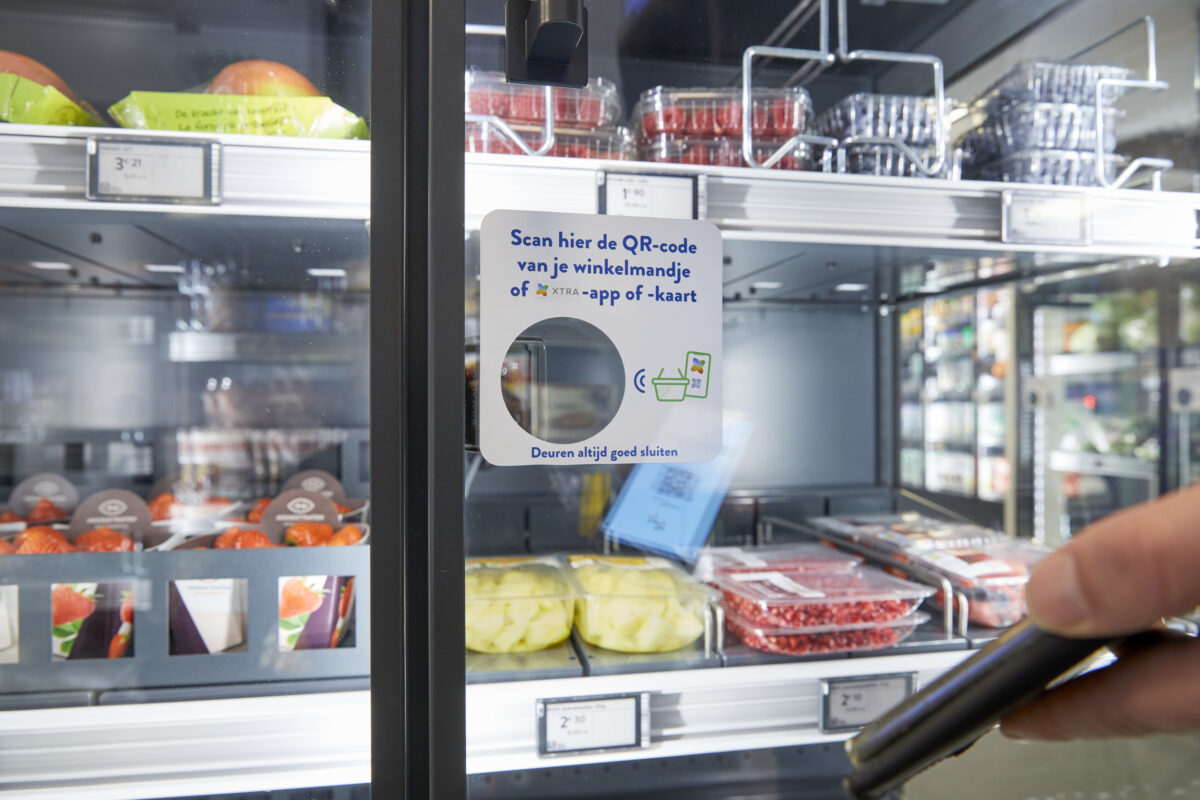How retail companies manage food waste and reap the benefits
by Julia Pott (exclusively for EuroShop.mag)
“I think many retailers face the same challenges: too many write off losses associated with food waste, high rates of [food] spoilage or too much product in the wrong place.” In our retail salsa virtual webtalk on predictive analytics, Frank Theobald from retailsolutions sums up the sources of unsold (excess) inventory in retail, which must often be discarded. However, innovative technologies can lead the way in managing and reducing inventory waste.
This waste problem can occur in many trade sectors, though it is particularly pertinent when it comes to fast-moving consumer goods in food retailing, in drugstores, in the textile industry or in department stores.
There is a growing awareness that the massive quantities of food waste also have environmental consequences, giving rise to mounting pressure to tackle this problem. Eliminating excess inventory is not just a sustainability issue that fosters resource conservation and waste reduction. Retailers likewise benefit from procurement quantities that match demand, which also helps ease the burden on supply chains, warehouse capacities and employees.
Predictive Analytics: Deriving actionable insights to inform spending decisions
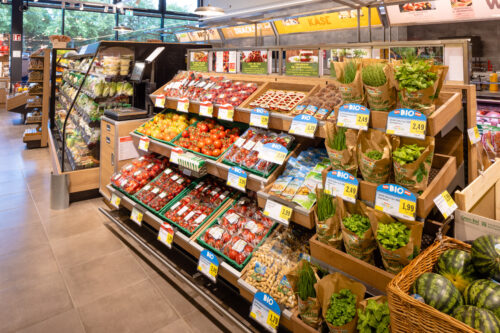
© SPAR-Johannes Brunnbauer
For retailers, inventory management is a highly complex task – especially as it pertains to increasing store size and product variety. More accurate demand forecasting in relation to actual customer demand results in less excess inventory retailers must tackle. As a speaker of the Predictive Analytics Webtalk retail salsa, Martin Mendelin from Coop agrees. He adds, “In a rapidly changing world, we should stop relying just on our gut instinct and expert knowledge and also use facts and system-driven support.”
The analytical skills of artificial intelligence have vastly improved. The technology recognizes patterns in data where even experienced employees reach their limits. It can also incorporate external information sources such as weather data or local and temporary conditions (construction outside the store, for example). What’s more, additional distribution channels such as branch networks, online shops, marketplaces, social media platforms and services such as “Ship from Store” result in increasingly complex data analysis. If software uses this information to make intelligent future demand predictions, you can adjust order quantities accordingly.
“Using predictive analytics has many advantages. Costs savings and process optimization are important aspects in this setting. This results in a win-win situation for retail companies and consumers,” says Theobald. He adds that the use of the right tools also offers great opportunities for improvement and high return on investment.
However, to garner the best results, you must lay the foundations. Mendelin concedes, “I think it is crucial to invest extensively in data quality.”
Application in food retailing to minimize food waste
Referring to the state of the grocery retail sector, a Retail Technology Innovation Hub article cites Freshflow co-founder Avik Mukhija: “For most grocers, it’s incredibly challenging to make the right decision on order quantities for fresh produce, especially when relying on gut feeling, past experience and tedious pen and paper methods.” The Berlin startup was founded in 2021 and relies on machine learning to optimize order quantities for fresh produce.
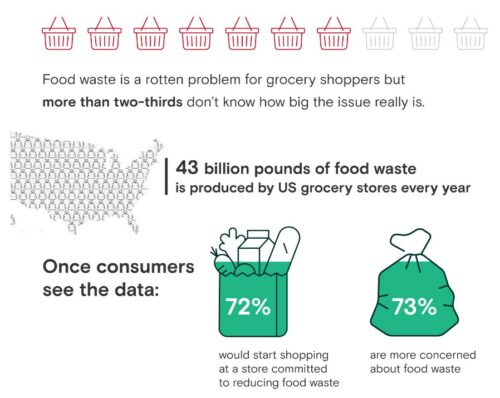
© Afresh
In a press release from August, Afresh Technologies announced that after a successful pilot test, the American supermarket chain Cub will deploy Afresh’s technology to garner considerable improvements to inventory turns and product freshness for shoppers. “Afresh has helped us [… to deliver] better, fresher products to our shoppers, while also helping us reduce waste and lessen our environmental footprint,” says Cub CEO Mike Stigers. CIO Luke Anderson adds CUB hopes the solution will also increase efficiencies across the grocer’s supply chain. Afresh is a provider of a machine learning platform that helps optimize fresh food stocking and minimize losses.
According to a recent announcement, the food retail chain Spar will also use AI and cloud solutions for its Spar, Eurospar and Interspar locations to prevent food spoilage. “A new AI-based IT solution from SPAR ICS analyzes data on sales volumes, weather, sales and marketing promotions, seasonality and other factors to create an accurate demand forecast by store,” says a German press release. The technology has a prediction accuracy of over 90 percent. Markus Kaser, SPAR Board Member responsible for IT, Purchasing, Marketing and CSR, is delighted that customer needs are being met while Spar can save resources at the same time. He emphasizes that the AI technology does not replace employees but supports them in the challenges of their daily work.
If analysis and forecasting tools are used smartly and successfully and are fed with valuable data, they seemingly benefit many stakeholders: retail companies, employees and customers – and last but not least, our planet.






